Strelka transforms Russian Pavilion into a trade fair of architectural ideas
Venice Architecture Biennale 2014: the Russian Pavilion at the biennale is dressed up as a trade fair, where 20 fictional companies present examples of modern Russian architecture as products and concepts for sale (+ slideshow).
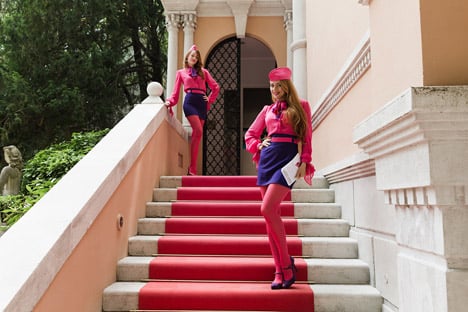
Curated by educational institute Strelka, the Fair Enough exhibition uses a tongue-in-cheek approach to tell the story of the nation's architecture over the last 100 years, using a variety of built projects to demonstrate new approaches to architectural issues.
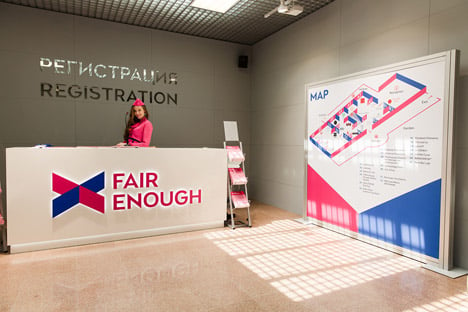
"Rather than presenting a linear story of Russia's modernisation, Fair Enough applies architectural history to meet contemporary needs," said curators Daria Paramonova, Brendan McGetrick and Anton Kalgaev.
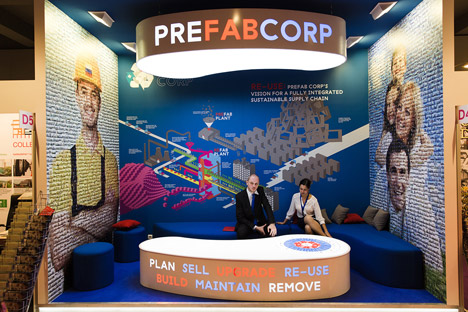
"The exhibition takes urban ideas from the past century — some celebrated, some obscure; some seemingly outdated, some supposed failures — and gives them new purpose," they said.
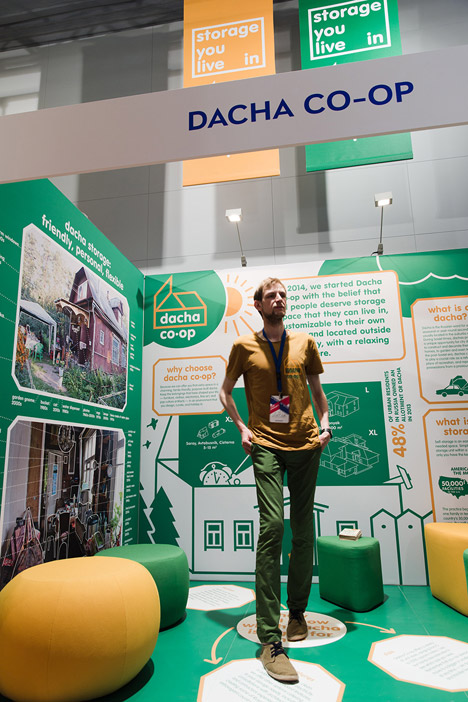
Pegged as a "fair of ideas" rather than a fair of products, the exhibition is made of of 20 booths, each using an imaginary premise to address a real-life challenge.
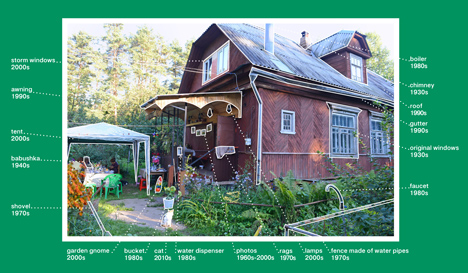
One stand is occupied by pretend self-storage company Dacha Co-op. This charts the history of domestic products in a typical Russian home, from the garden gnome to the microwave oven.
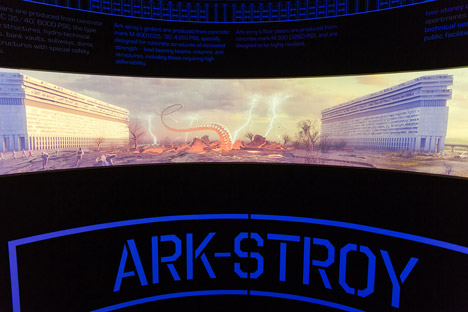
The Ark-Stroy booth uses Moscow's House at Tulskaya residential block – known locally as the Reclining Skyscraper – as the prototype for a global network of social housing for apocalyptic disaster survival.

Other stands within the fair include Estetika Ltd, a supplier of Russian and Neo-Russian style architectural elements based on motifs from peasant dwellings, and Prefab Corp, a company based on a hypothetical merger of all existing prefabricated housing suppliers in Russia.
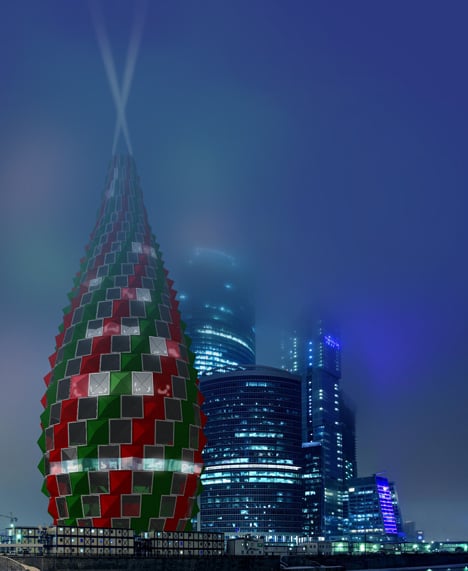
The Russian Pavilion was one of three national biennale participants to receive a special mention at the awards ceremony, behind Silver Lion winner Chile and Golden Lion recipient Korea.
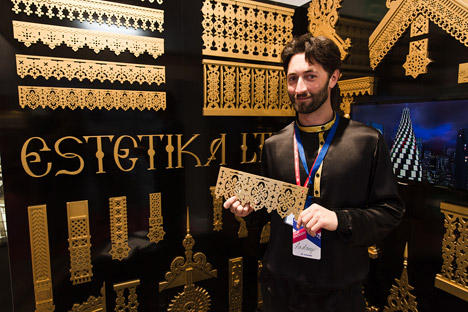
Peter Noever, one of the curators of the Korean pavilion, commented: "I was very impressed by the Russian pavilion, because there is certain irony. It really gives the mirror of the banality."
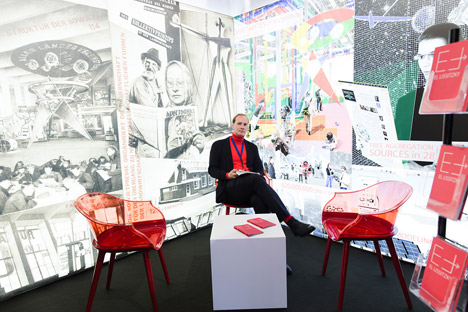
"I think there are two ironies here at the Biennale, one is the irony of Rem Koolhaas, and the other one is the Russian irony. They are two different, completely contrary projects, but one – the Russian pavilion – sheds light on the other one. I think it's healthy to have Russian irony around us," he said.
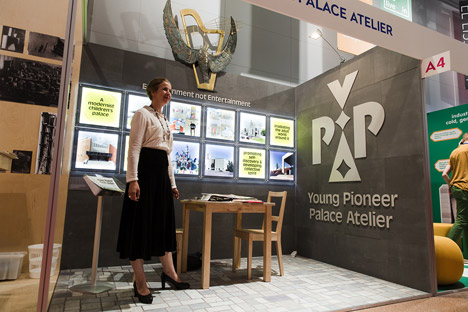
The pavilion is located in the Giardini of the biennale. Others nearby include the British Pavilion, which presents postwar towns and pop culture, and the Japanese Pavilion, which focusses on experimental architecture from the 1970s.
Follow Dezeen's coverage of the Venice Architecture Biennale »
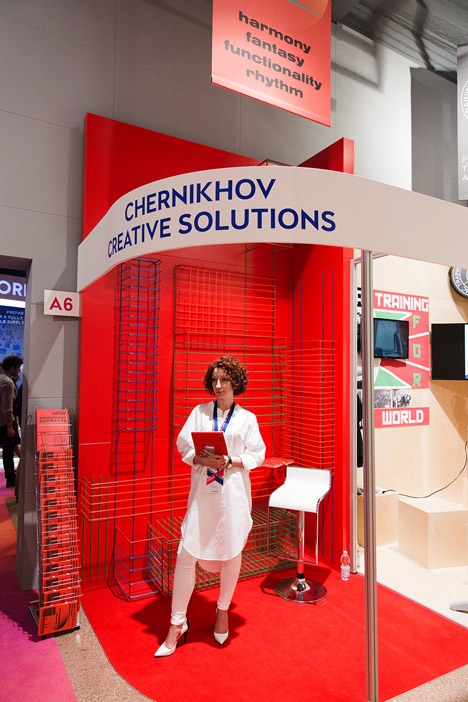
Installation photography is by Nikolay Zverkov, apart from where otherwise indicated.
Here's some more information from Strelka:
Fair Enough
The Russian pavilion's "Fair Enough" exhibition responds to Koolhaas' curatorial theme by the concept itself: 20 Russian architectural ideas are presented, using the universal language of the international trade fair, the ultimate example of global modernity Rem Koolhaas describes and the main platform for spreading it. "Fair Enough" is not a fair of products, but an Expo of ideas.
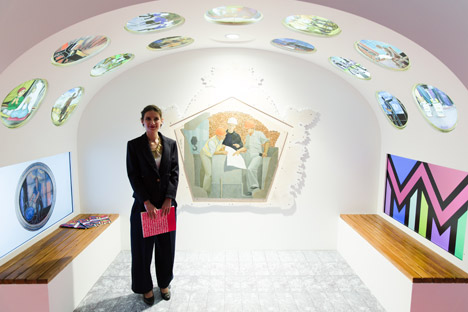
Rather than presenting a linear story of Russia's modernisation, Fair Enough applies architectural history to meet contemporary needs. The exhibition takes urban ideas from the past century — some celebrated, some obscure; some seemingly outdated, some supposed failures — and gives them new purpose.
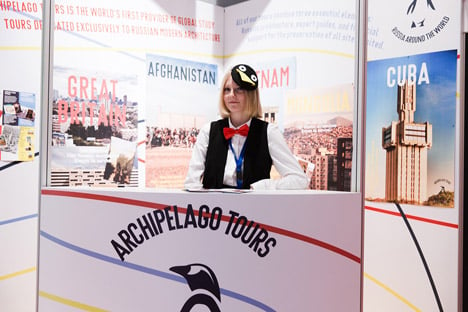
To maximise its utility, each exhibited project is stripped to its conceptual essence. To illustrate their continued relevance, the concepts are updated and applied to challenges, now confronting architects around the world. Because the exhibition is a trade show, 20 companies are invented to represent these ideas and how they would be sold now. The use of the advertising language and images acknowledges the commercial ways that architecture and design are communicated in the free market system today.
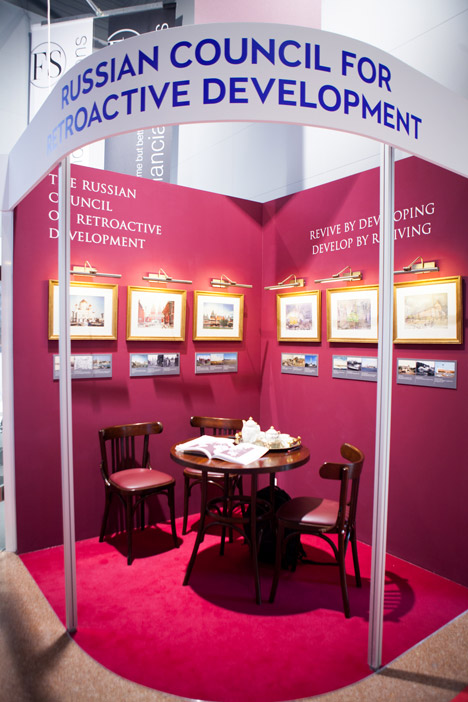
Each booth of the pavilion showcases a different example of Russian modern architecture, illustrated through a combination of historical and new materials, and described to visitors by a representative who preaches the virtues of the concept, providing its history, and connecting it to contemporary needs.
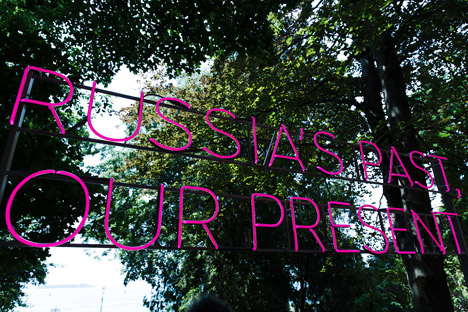
Each exhibit marks a milestone in modernisation and clears a path for new efforts. Together, they form a marketplace of urban invention — made in Russia, open to the world. The ultimate goal of the show is to use the past to provoke critical thinking about the present and inspire new ideas about the future. This is the essence of the pavilion's slogan: Russia’s Past, Our Present.